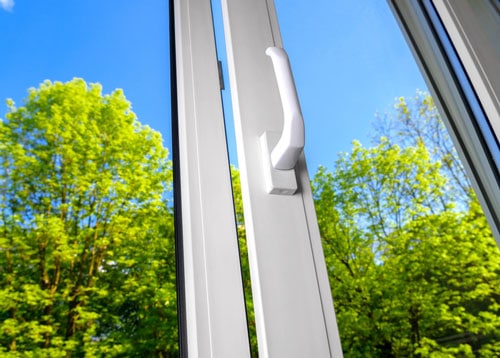When we think of air pollution, smoke-belching factories or exhaust-spewing cars come to mind.
But the biggest air pollution threats are actually inside your home.
Air pollution is two to five times higher indoors than outside, according to the Environmental Protection Agency. And the average American spends 87% of their time inside buildings. This makes indoor air quality a crucial health factor.1
New research published in the American Heart Association’s journal Circulation reveals just how damaging indoor air pollution is to the cardiovascular system.
In a first of its kind study, Chinese researchers used “metabolomics.” This is a method that measures pollution’s impact on the body’s glucose, amino acids, fatty acids, and lipids. When these markers rise, so do insulin resistance, blood pressure, inflammation, and oxidative stress. All of these are serious health issues.2
The scientists recruited 55 healthy college students. They randomly put real or sham air purification filters in each of their dormitory rooms for nine days.3
The air purifiers reduced a major type of air pollution, fine particulate matter, by 82%. After the purifiers were activated, the subjects had an immediate reduction in stress hormone levels.
The subjects who got placebo filters had worse overall health markers. They had higher blood pressure, blood sugar, inflammation, and oxidative stress.
“We found significant health benefits with air purifiers,” said Dr. Haidong Kan. He is the lead study author and professor of environmental health sciences at Fudan University in Shanghai.4
Surprising Sources of Indoor Air Pollution
Where does indoor pollution come from?
It’s not just one source. Stoves, heaters, and fireplaces all emit some carbon monoxide, even if vented properly. Carpeting, furniture, and other products with artificial fabrics off-gas formaldehyde and other chemical solvents. Electronics emit phthalates, which are tied to hormonal problems. Damp bathrooms and kitchens can be sources of airborne molds.5 6
And some outdoor air pollution also makes its way inside your home.
The best solution is the one used in the study. Indoor air filters can be very effective. The most convenient way to clean the air is to add a HEPA filter system to your furnace and/or air conditioning system.
HEPA stands for “high efficiency particulate air.” This means they capture ultrafine particles, including just about all air pollutants.7
You can also buy stand-alone filters, which are less costly than whole-house systems. But before you buy, you should check the purifier’s rating.8
Air Filter Rating Systems: What You Need to Know
Different manufacturers use different rating systems that show how much pollution a purifier removes from the air. Here are three of the most common rating systems:
- MPR. This is the Micro-Particle Performance Rating system developed by 3M, a company that makes filters. The best filters have MPR ratings between 1,500 and 1,900.
- FPR. Home Depot uses its own 1 to 10 rating system called the Filter Performance Rating. The higher the number, the better the filter.
- MERV. Many whole-house filters list the Minimum Efficiency Reporting Value developed by the American Society of Heating, Refrigerating, and Air-Conditioning Engineers. The higher the number, the better the filtration. You want a MERV higher than 10.
The purity of air you breathe is as important as the food you eat and water you drink. Do your lungs—and the rest of your body—a favor. Make sure the air in your home is clean and safe to breathe.
Like this Article? Forward this article here or Share on Facebook.
References:
1 https://snowbrains.com/brain-post-much-time-average-american-spend-outdoors/
2 http://newsroom.heart.org/news/air-pollution-linked-to-cardiovascular-disease-air-purifiers-may-lessen-impact?preview=ec9e
3 http://newsroom.heart.org/news/air-pollution-linked-to-cardiovascular-disease-air-purifiers-may-lessen-impact?preview=ec9e
4 https://www.eurekalert.org/pub_releases/2017-08/aha-apl080917.php
5 http://www.care2.com/greenliving/7-sources-of-indoor-air-pollution.html
6 https://www.atsdr.cdc.gov/csem/csem.asp?csem=33&po=7
7 https://www.consumerreports.org/cro/air-purifiers/buying-guide
8 https://www.consumerreports.org/cro/air-filters/buying-guide
9

